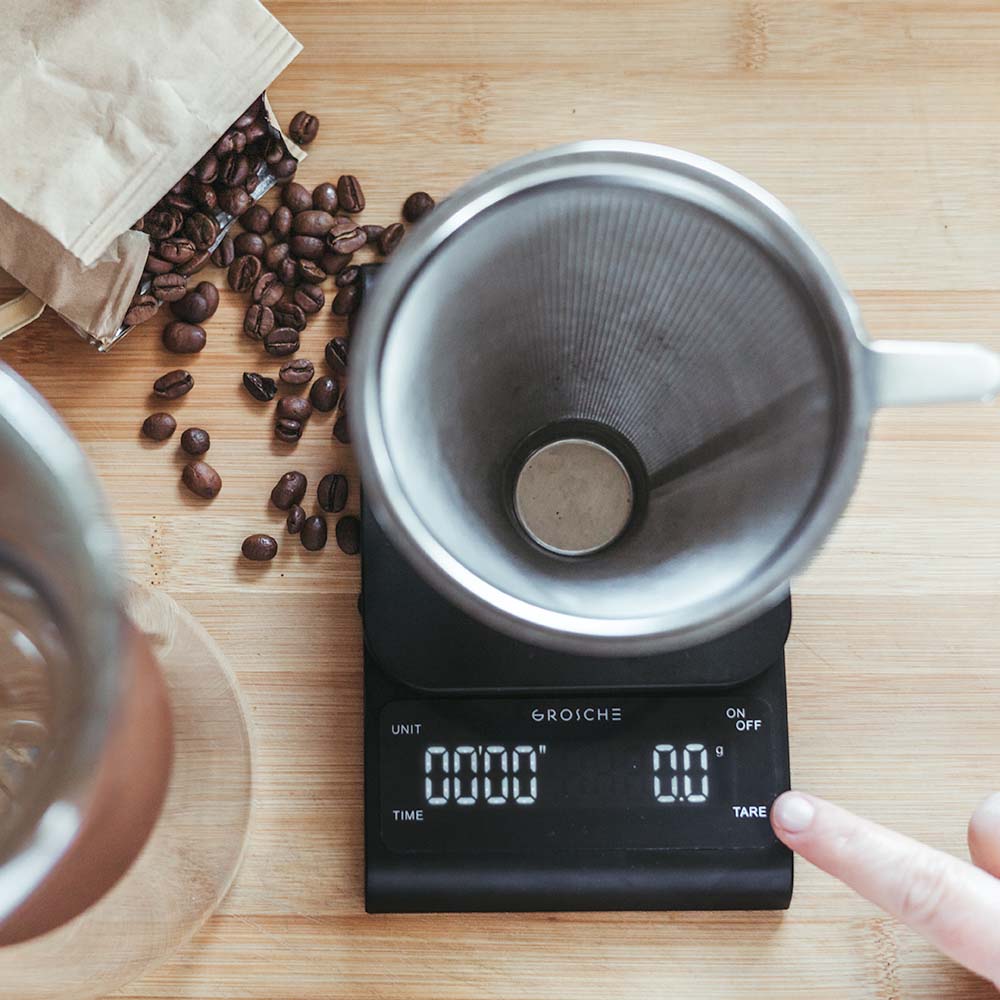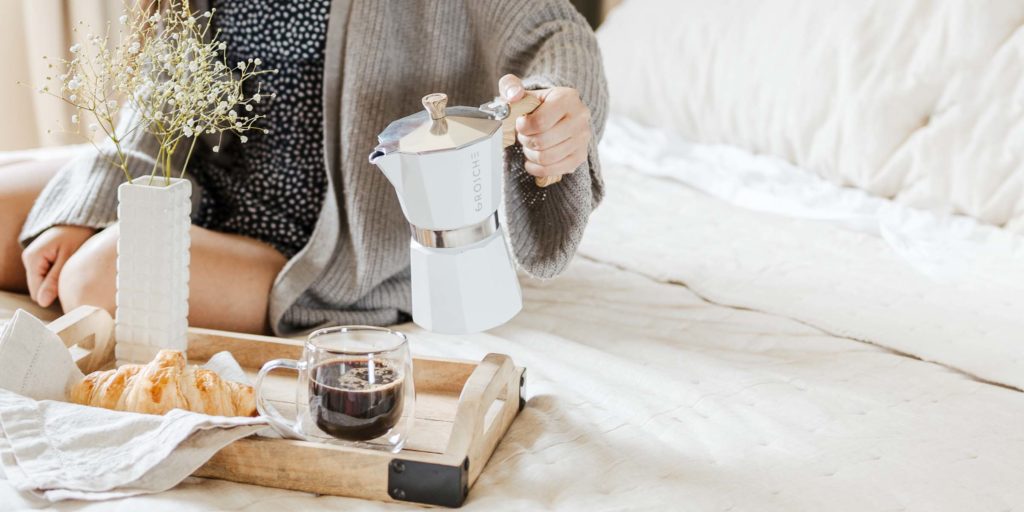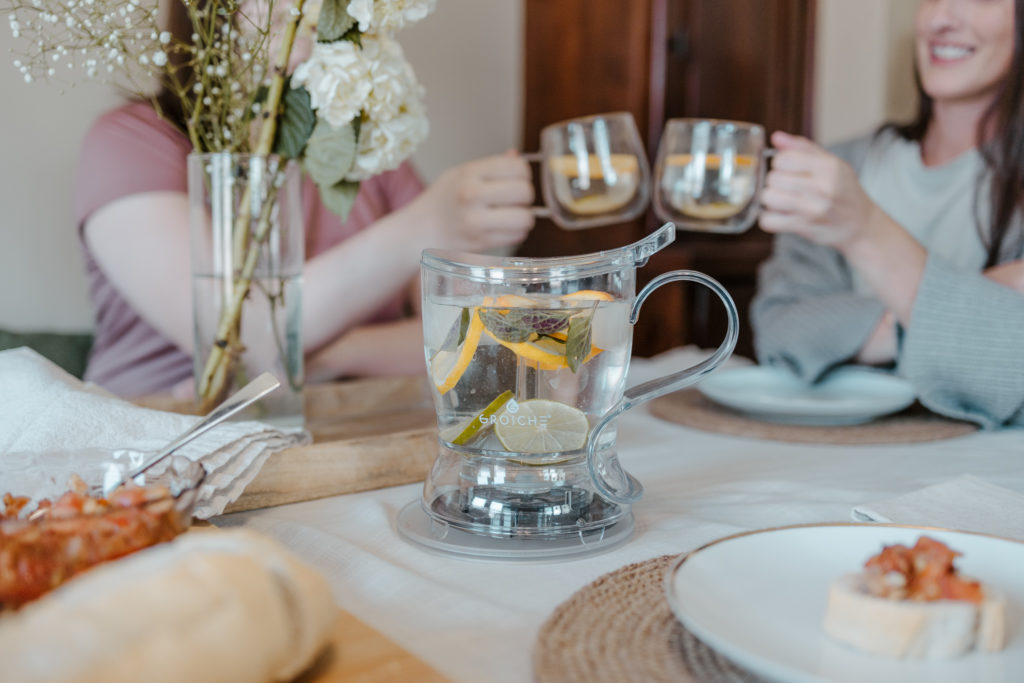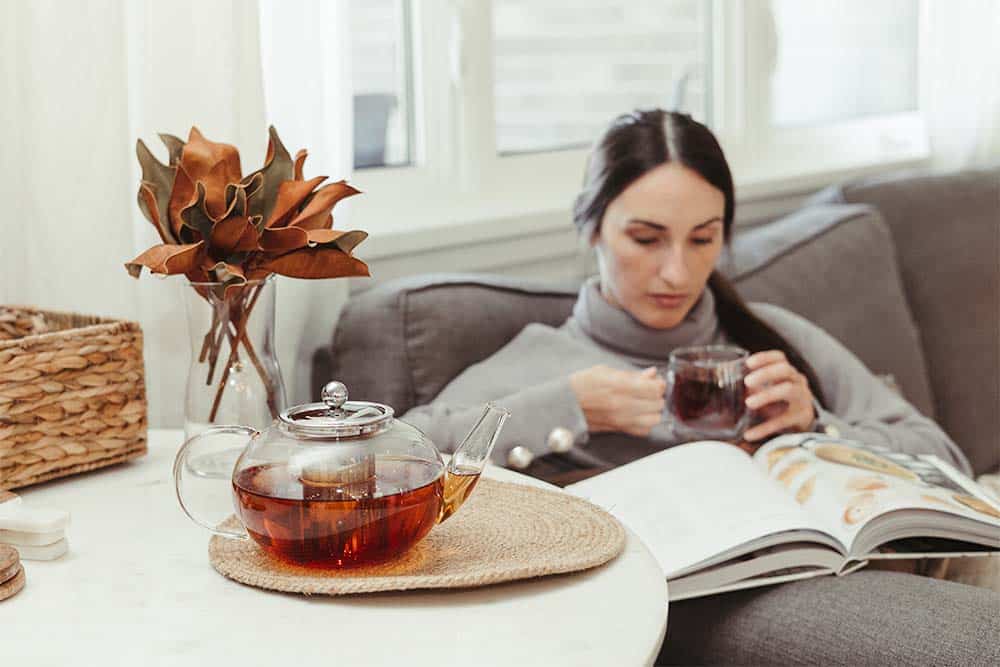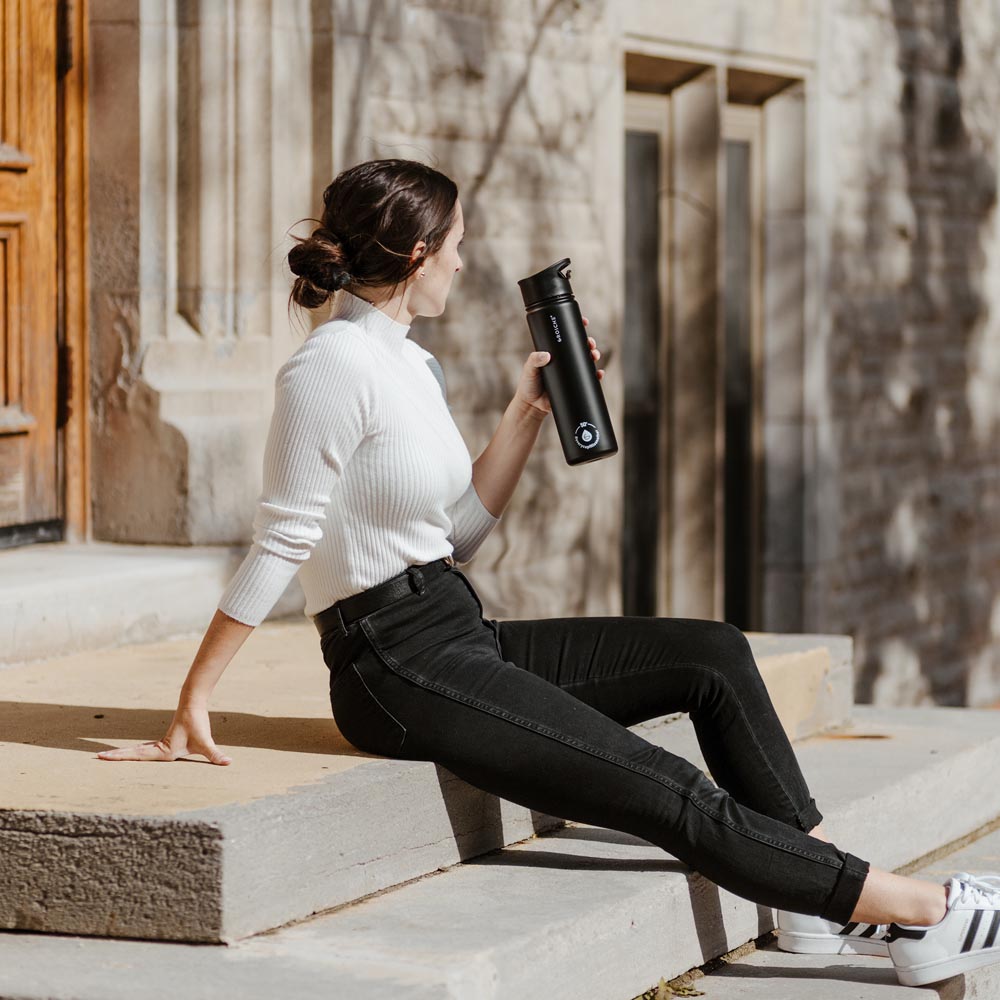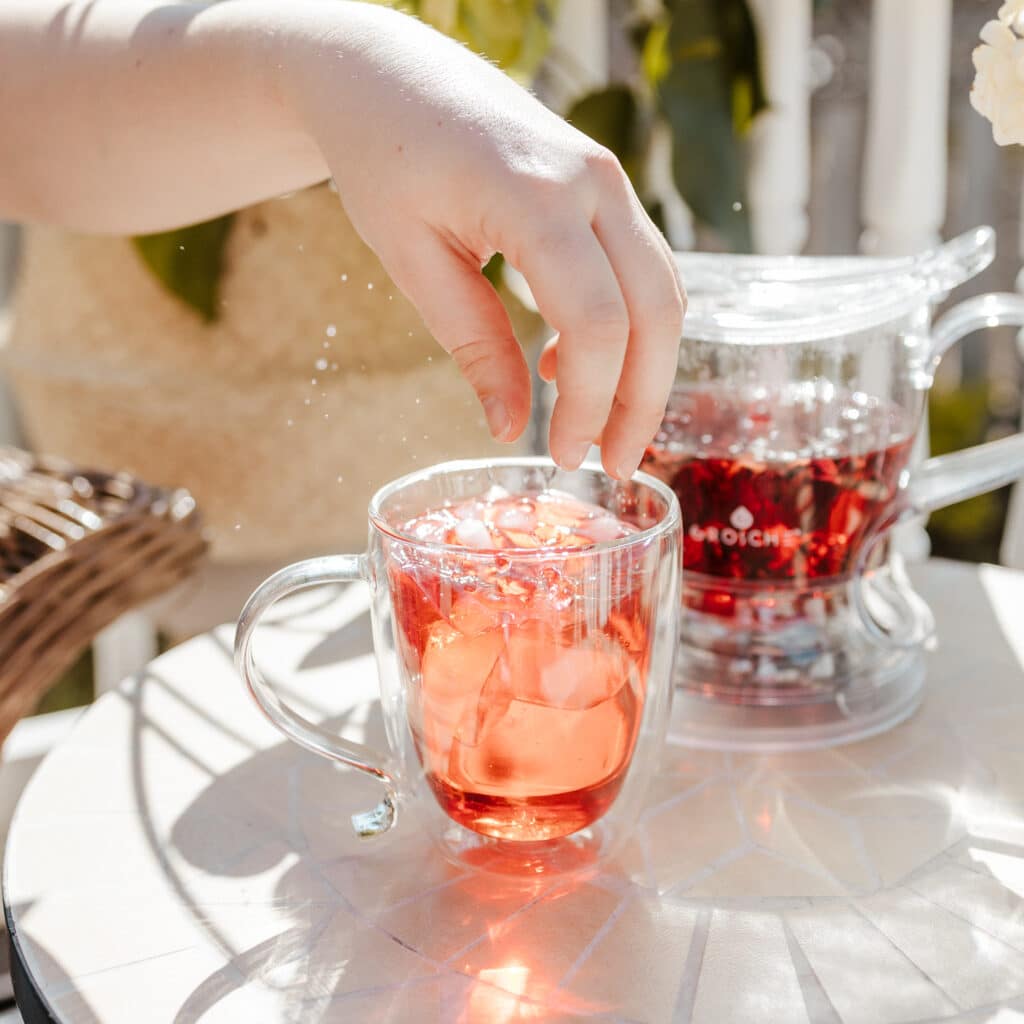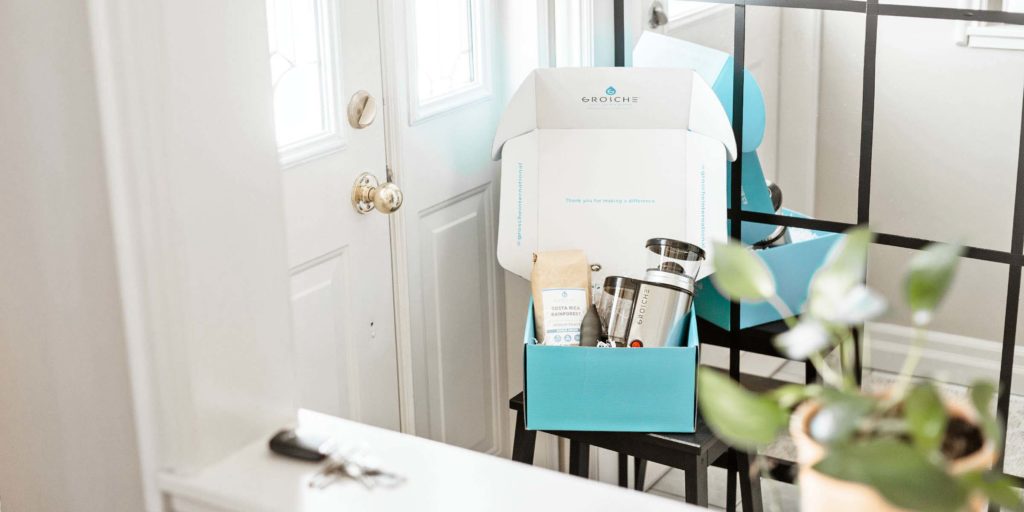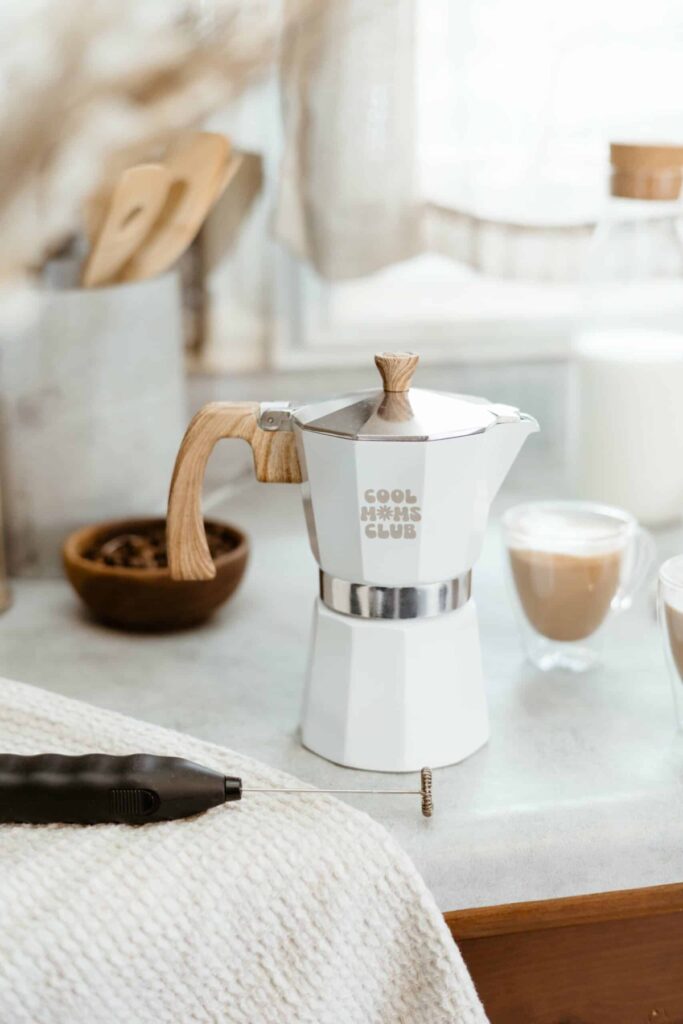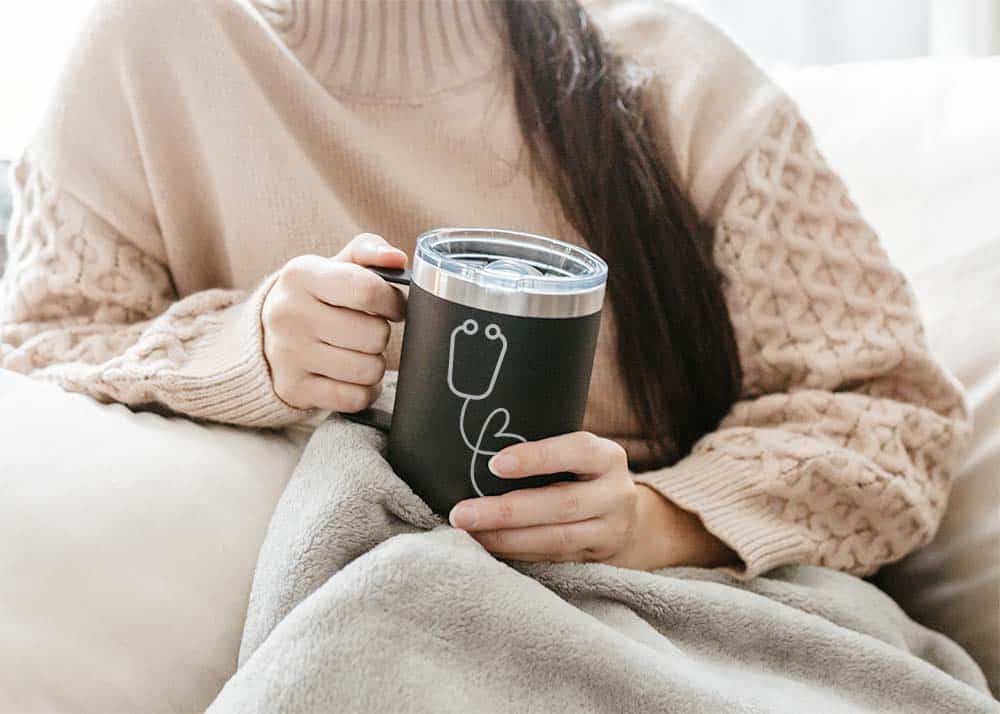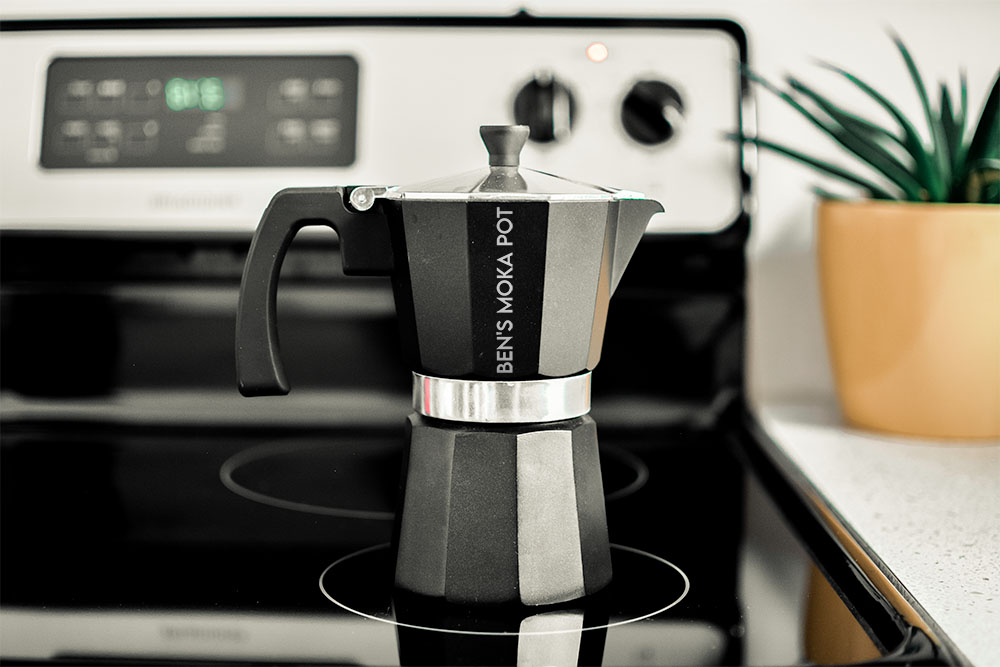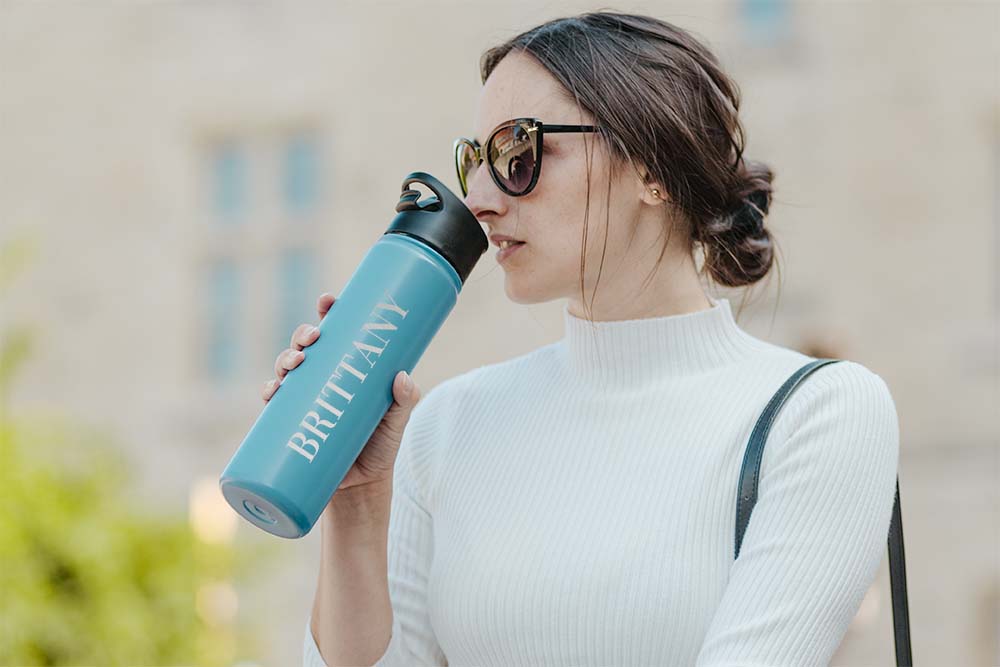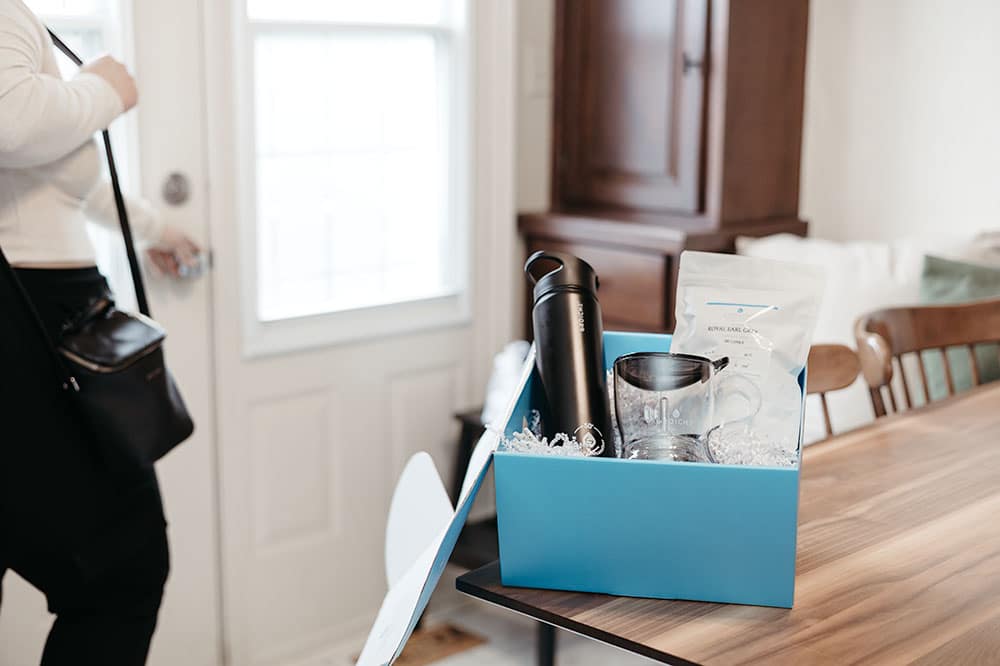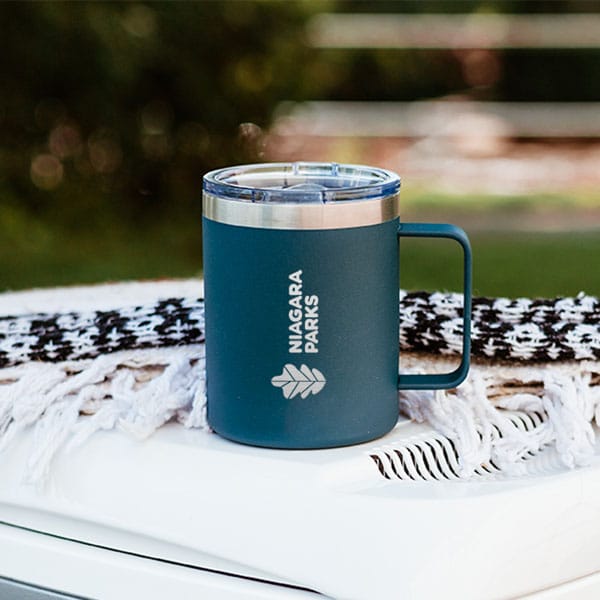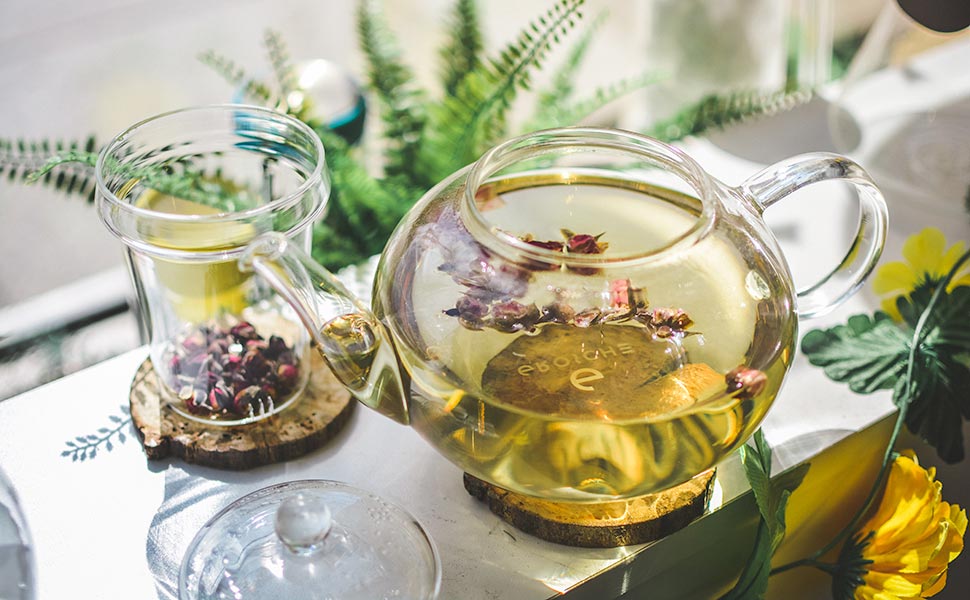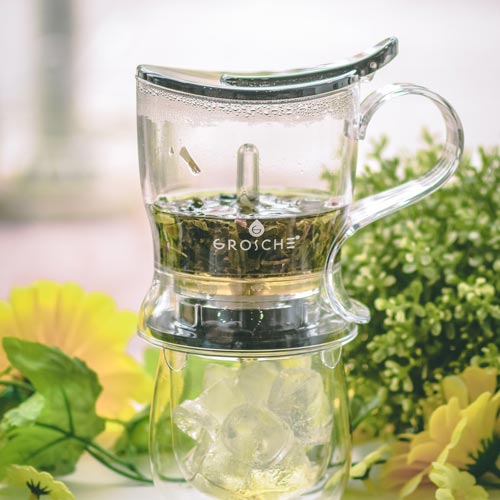You’ve come to the right place if you’re looking to learn how to make loose-leaf tea! There are a few things to pay attention to when it comes to brewing your tea. From the type of tea to the equipment you use, we’ll guide you through it step-by-step and tell you how to make loose-leaf tea the right way. We take our loose-leaf tea seriously and think you should too, so we’ve gone ahead and created a guide for making the best cup of tea, every time.
Here is our list of top 6 tips for how to make loose-leaf tea:
#1 Use loose-leaf tea, not tea bags
Many people use tea bags without knowing how much better loose-leaf tea tastes. Tea bags are often the lowest grades of teas with artificial or weak flavours. They contain mostly tea fannings and tea dust, the leftovers of good loose-leaf tea. These fannings and dust give out sharp flavours but none of the goodness of a fine full leaf tea. More-so, loose-leaf tea allows for customization such as strength and blends.
Your best bet is to use a high grade of loose-leaf tea and infuse it with an infusing basket in a tea mug or infuser teapot.
#2 Use the right infuser teapot
As tea steeps, its natural flavors and aromas get released, but in order to do this, the tea needs room to expand. Picture your tea cramped up in a small mesh ball; your tea will not reach its full potential if it is constricted with no room to stretch and expand. You will risk minimizing full extraction resulting in dull flavor. That’s why we recommend brewing loose-leaf tea in a teapot or a smart tea maker rather than individual infusers such as a mesh ball or pincer spoons.
The other benefit to glass and plastic teapots is that it allows tea drinkers to not only enjoy the flavours, but also the visual appeal of watching their fine teas steep and infuse. Unlike coffee, tea leaves unfurl and interact with the hot water as if to ‘dance’ while releasing their goodness and flavors via infusion.
#3 Use fresh water
In some parts of the country the tap water is chlorinated strongly, which can affect the taste of the tea. If you are based in such an area consider using a water filter. To get the best flavour out of the tea the water must contain oxygen. The level of oxygen is reduced if the water is boiled more than once.
#4 Get the steeping time right
- Gunpowder China Green Tea: 3-4 minutes; drink without milk
- Jasmine China Green Tea: 2-3 minutes; drink without milk
- Oolong China or Taiwan Oolong Tea: 5-7 minutes; drink without milk
- Sencha Japan Green Tea : 2-2 1/2 minutes; drink without milk
- Darjeeling or India Black Tea: 2-3 minutes; drink without milk
- Assam India Black Tea: 3-4 minutes; drink with or without
- Ceylon Uva Sri Lanka Black Tea: 3 minutes; drink with or without milk
- Ceylon / Dimbula / Sri Lanka Black Tea: 3-4 minutes; drink with or without milk
- Kenya Black Tea: 2-3 minutes; drink with milk
- Pai Mu Tan White Tea: 2-3 minutes; drink without milk
#5 Get the water temperature right
While most black teas can be steeped using boiling water, green teas are much more delicate and should never be steeped with boiling water. That causes the tea to “cook”, and damages its flavour and could impact its healthful nature.
Although your taste is ultimately what should determine the times and temperatures, as a starting point here is what we recommend for most teas:
- Green Tea: 75° C / 170° F
- Black Tea: 100° C / 212° F
- Chai Tea: 95° C / 200° F
- Herbal Tea: 100° C / 212° F
- White Tea: 80° C / 180° F
- Pu erh Tea: 100° C / 212° F
- Rooibos Tea: 100° C / 212° F
You can re-steep many green and white teas due to their high quality and purity without any bitter flavor. You will need to increase the steeping time slightly according to your flavour preference on subsequent steepings.
#6 Store your tea the right way
Store tea in a cool, dry place. Avoid placing it next to strongly flavoured or perfumed foods.
Do you have any extra tips how to make loose-leaf tea? Let us know in the comments!
Up next: Everything you need to know about GROSCHE infuser teapots


